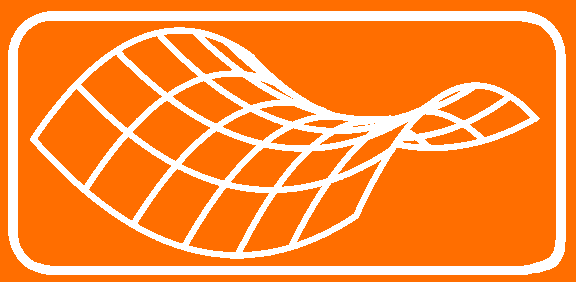
Minimax Theory and its Applications 02 (2017), No. 2, 285--318
Copyright Heldermann Verlag 2017
On a Minimax Problem for Ovals
Rolf Walter
Fakultät für Mathematik, Technische Universität, 44221 Dortmund, Germany
rolf.walter@tu-dortmund.de
[Abstract-pdf]
For a bounded metric space $ (X,d) $ we consider the quantity $$ \delta(X) := \inf_{p\in X}\sup_{q \in X} d(p,q). $$ This purely metric invariant is known from approximation theory as the relative Chebyshev radius of $X$ w.r.t.\ $X$ itself. Despite its obvious meaning, the invariant $\delta(X)$ seems rather untouched in the geometric literature. Here we discuss, for a plane convex curve $X = \Gamma$, an isoperimetric type inequality between $\delta(\Gamma)$ and the perimeter $L(\Gamma)$, namely $L(\Gamma) \geq \pi \cdot \delta (\Gamma)$. Though the most general case is open there are classes of curves where definitive versions of the inequality are possible, including a discussion of equality. For quadrilaterals there is a surprising occurrence of `magic kites' as possible extremals. A finite algorithm for polygons is established, and numerous experiments with it yield strong support for a general validity of the inequality.
Keywords: Metric invariant, relative Chebyshev radius, isoperimetric inequality.
MSC: 51K05, 52A10, 52A40, 52-04, 53A04, 57Q55
[ Fulltext-pdf (434 KB)] for subscribers only.